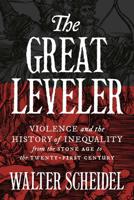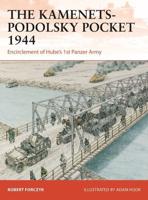Publisher's Synopsis
An excerpt from the beginning of:
CHAPTER I.
EDUCATIONAL AND PRACTICAL VALUES OF THE FINE AND INDUSTRIAL ARTS
Since 1870 drawing, constructive work, and design as common-school studies have been subjects of general discussion. The Centennial Exposition in Philadelphia in 1876 exerted a strong influence in favor of public education in the industrial and fine arts. The educational exhibitions were a revelation to the American people of the possibilities along these lines, and of their own shortcomings. Since then drawing, constructive work, and design have received steadily increasing recognition in elementary education so far as provision for instruction and equipment has been concerned.
Until recently, however, these subjects have been left largely in the hands of specialists. Boards of education, superintendents, and principals have often hesitated to make suggestions because they felt that they had not received the sort of training which would fit them to judge methods and results in these subjects. This feeling has been re-enforced by the influence of the tradition that even ordinary ability in the arts comes more as the result of intuitive appreciation than of well-directed effort.
The present wide acceptance of the manual arts as an important part of general education is rapidly removing them from the class of special subjects, and both educators and the general public are now taking an active interest in them. The educator recognizes that the manual arts constitute a unique type of analysis of the objective world. Each science deals with material from a particular standpoint, and each different kind of analysis adds greater significance and wider range to experience. The contribution which the manual arts make toward a more comprehensive basis for mental activity is to a great degree inaccessible by other methods of approach. He finds in the manual arts a line of activity the results of which are concrete and furnish a visible record of good or poor work, which the child interprets into rational terms of cause and effect more easily than is possible in the case of subjects which deal mainly with language. He sees in them an opportunity for obtaining experience with concrete material and with some of the processes by which it is shaped to human needs. He uses the arts as a method of developing and mastering certain ideas by working them out in visible products, so that materials become a means of expressing and of stimulating thought. He finds also that these arts sometimes furnish a point of contact with the interests of many children who apparently are not reached by more formal studies, and that these interests when once awakened are likely to extend to other lines of school work.
The general public more frequently expresses its convictions in terms of the advantages resulting in later life from the training in manual arts which was received in school, or the disadvantages experienced from the lack of such training....









